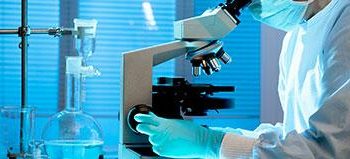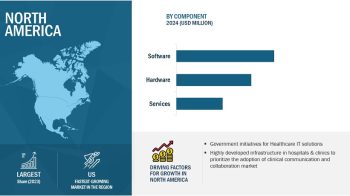According to GLOBOCAN, about 14.1 million new cancer cases and 8.2 million cancer-related deaths were recorded globally in 2012. Based on GLOBOCAN’s statistics, the International Agency for Research on Cancer (ICRA) and the World Health Organization (WHO) have estimated that by 2025, around 19.3 million new cancer cases are expected to occur per year. Tissue diagnostic tests are primarily used for screening, diagnosis, determining the prognosis, and monitoring the response to the therapy for cancer. The rising incidences of different types of cancer are the primary driver of tissue diagnostic products. Rising incidence of other chronic diseases, aging population, and increasing healthcare spending will aid the growth of the global tissue diagnostics market. Furthermore, the Patient Protection and Affordable Care Act (PPACA) introduced in the U.S. in March 2010 is expected to expand the insurance access to more than 30 million U.S. citizens. This is expected to drive the demand for advanced cancer diagnostics, including tissue diagnostics, in this important geographic segment.
The tissue diagnostics market includes a number of highly specialized diagnostic tests based on immunohistochemistry, in situ hybridization, and special staining. This market includes instruments and consumables for each of these diagnostic procedures. Furthermore, there are separate and highly specific test kits which are based on multiple markers for different types of cancers. These test kits depend on the large number and patterns of multiple cell surface markers to identify cancer cells and differentiate between different types of cancer cells. As such, these test kits allow for identification of not just the type, but also the stage and prognosis of multiple types of cancers. Furthermore, tissue diagnostic-based products are also being used as companion diagnostics for identifying treatment-responsive clinical trial candidates for investigational drug products. With a large number of products present in the tissue diagnostics market, it becomes important to identify the current market size and future market potential for each of them. This information will enable market players make well informed decisions about growth strategies in this highly competitive and rapidly evolving market.
There is a high degree of consolidation in the tissue diagnostics market, with a few large players dominating the entire market. Small- and medium-sized players have a small share of the market and their business interests remain concentrated in local markets across emerging geographies. Agilent Technologies (U.S.), Danaher Corporation (U.S.), and Roche Diagnostics (Switzerland) are the leaders in this market. The combined market shares of these three companies far exceed that of all the other players. Overall, about 80% of the global tissue diagnostics market was dominated by these companies in 2013. Furthermore, acquisitions carried out by the market leaders in this field have strengthened their market positions and have served to further consolidate the market. Some of the important acquisitions in this market include Danaher Corporation’s acquisition of Leica Biosystems in 2005, Roche Diagnostics’ acquisition of Ventana Medical Systems in 2008, Agilent Technologies’ acquisition of Dako in 2012, and Thermo Fisher Scientifics’ acquisition of Life Technologies in 2014.

